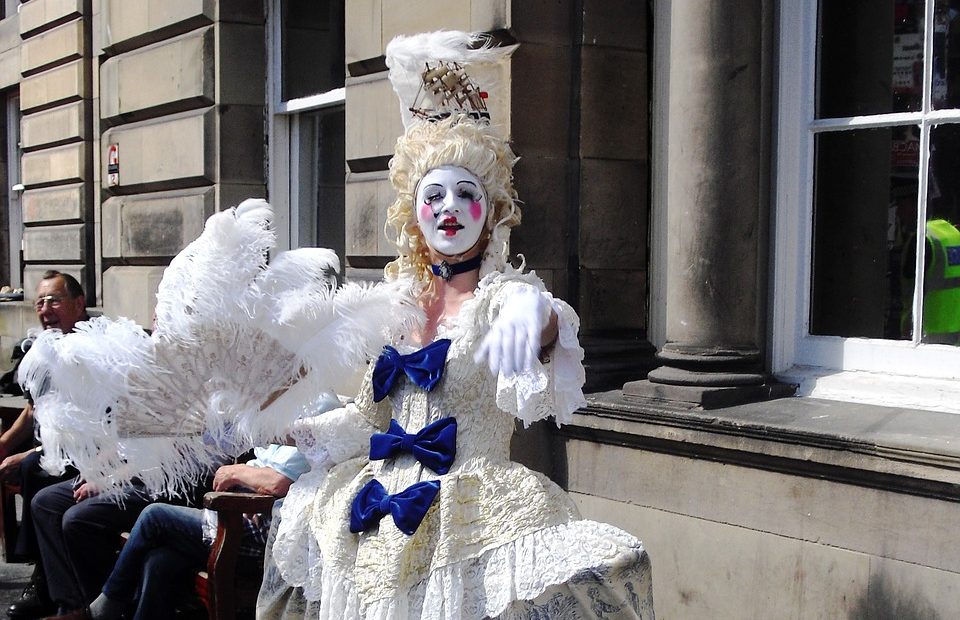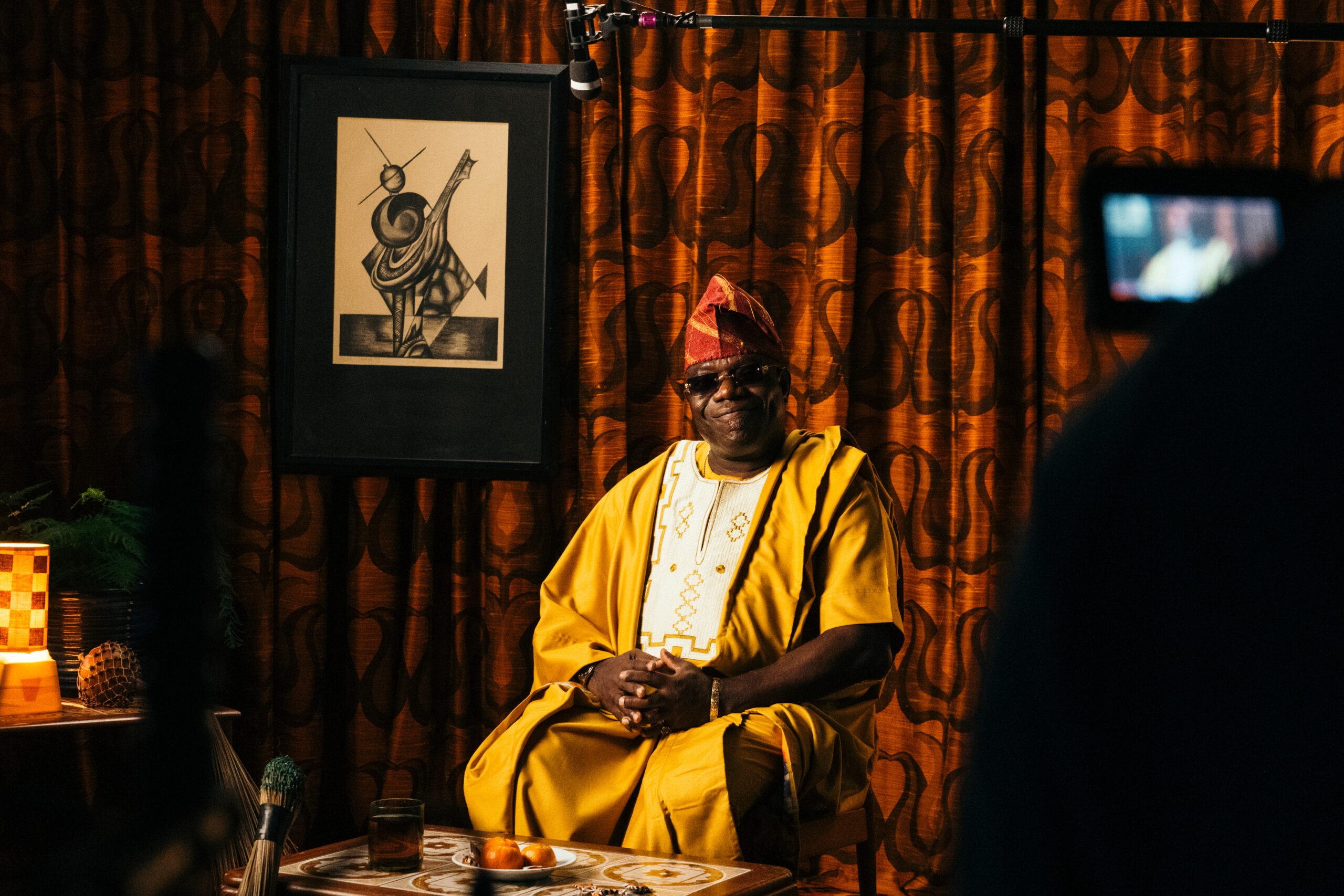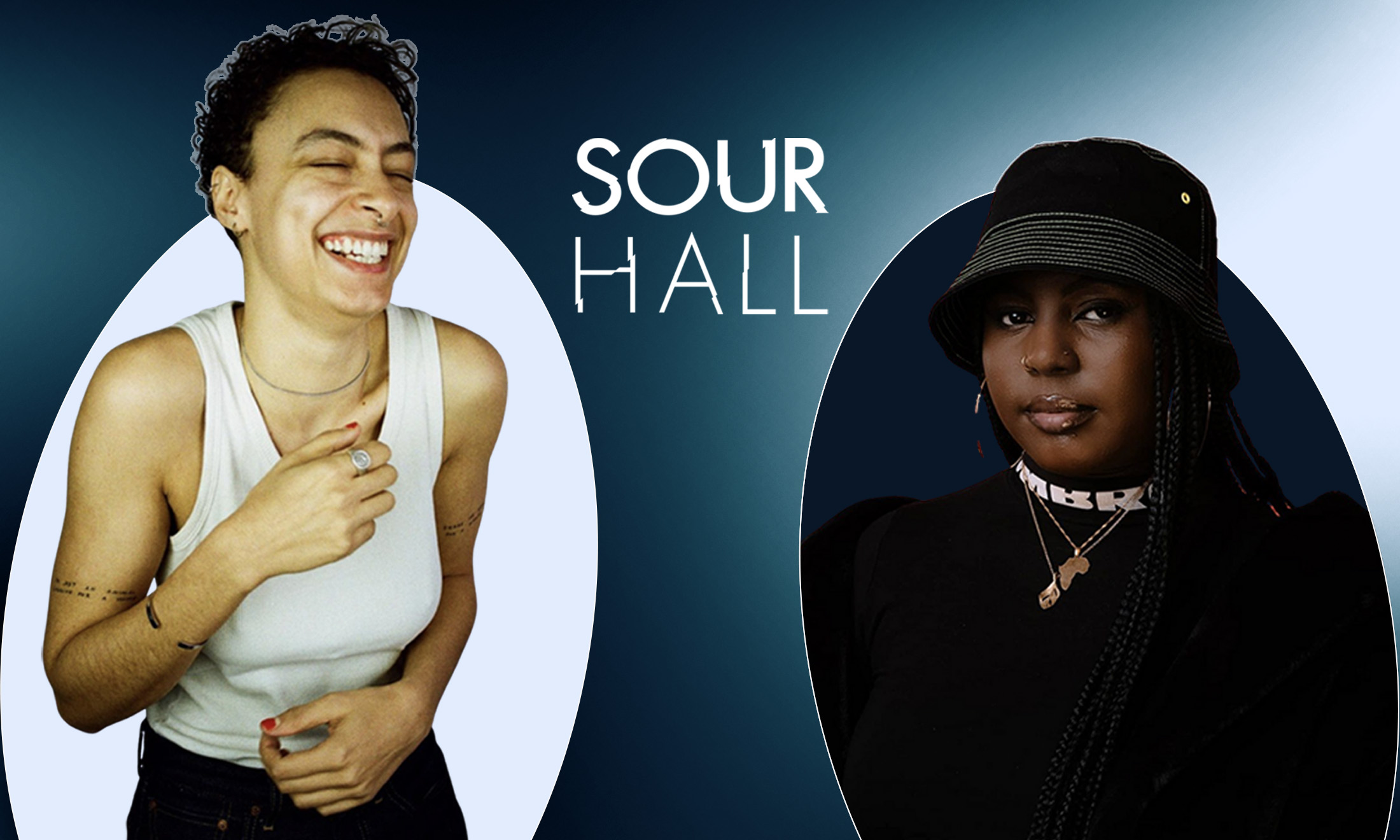
Alongside low pay, Edinburgh Fringe must confront its majority-white audience problem
Jessica Brough
11 Feb 2019
image via Pixabay
Last year I decided I was done with White Fringe. By this I mean Theresa May impersonations, Brexit dramas, all-white improv murder mystery casts, and pale stale male stand-up comics who prioritise cheap group laughs over witty and well-thought-out humour that doesn’t alienate already marginalised audience members. Without even trying, if you visit the Edinburgh Fringe Festival for the weekend you’ll probably end up seeing at least two or three white men dressed as Trump.
This year, #FringeOfColour, a publicly-available spreadsheet I set up in 2018 to promote black and brown performers at the festival, will continue in collaboration with the Black Ticket Project. We will be looking to the organisers of Fringe and associated venues who claim to be committed to diversity and inclusion to fix the issue of arts festivals with overwhelmingly white middle-class environments by putting their money where their mouth is. Alongside the recent low-pay scandal where Fringe Society CEO Shona McCarthy said that without unpaid volunteers, the Fringe couldn’t survive, we need to challenge the racial status quo. This is why:
Every August, people flock from all over the world to visit the Edinburgh Fringe Festival. With around 3,500 shows and 300 different venues, it boasts as “the single biggest celebration of arts and culture on the planet”. For many people, Fringe is a three-week-long period of endless choice – daring to walk through the central hubs (George Square, Pleasance, Cowgate) usually results in a bag full of fliers. However, the extent of “culture” self-lauded by the festival becomes slightly questionable when you start to look through the faces on the fliers you have accidentally hoarded, or those on the giant weather-proof boards stationed around the city.
For black and brown people living in Edinburgh, being here can feel like existing in a sea of whiteness (in the 2011 UK census, the population of Edinburgh was recorded as 91.7% white, 5.5% Asian and 1.4% Black). August is a magical month because finally it feels less shocking to see more than one non-white face in Lidl, or in the pub, or crossing the road. However, if you want to specifically see performers of colour on stage, you have to do quite a bit more work than the average punter.
“Edinburgh Fringe claims to be ‘the world’s greatest platform for creative freedom’, but when we remember that white does not represent a global majority, this platform seems a tad wonky”
My #FringeOfColour spreadsheet started off as a personal way for me to organise my Fringe schedule, and maybe to give suggestions to friends, but it quickly turned into a publicly-available database of almost all the acts by performers of colour. Flipping through the programme and sorting by category, I ended up with a list of shows that both highlighted a wealth of creativity I wanted to support but also gave a wake-up call to the shocking proportion of shows by performers of colour out of the total three-and-a-half-thousand. The ratio of white shows to “shows of colour” was abysmal, and a depressing indication of the imbalance of support and opportunity offered to black and brown creatives.
For example, out of a total of approximately 1,170 comedy shows*, only 66 made the spreadsheet. Looking at theatre, less than 6% of the 855 shows were listed**, and in the entire 142-wide children’s section, only three of those shows were identified as being by black or brown performers. Edinburgh Fringe claims to be “the world’s greatest platform for creative freedom”, but when we remember that white does not represent a global majority, this platform seems a tad wonky.
The potency of Fringe’s whiteness does not end on the stage. If the programme feels shockingly monochrome, try looking around at the people sitting in the audiences. A combination of the location, ticket prices and city accommodation that soars in cost in August results in (anecdotally speaking) overwhelmingly white middle-class audiences. Many of the shows on the Fringe of Colour spreadsheet tackle issues to do with race, culture and identity – what happens when you are putting these messages out on a daily basis but missing the people you hoped would connect most with the content?
”Performances that confront racism and white supremacy, criticise colonialism and tackle Islamophobia are essential for bringing these conversations out of academic spheres or Twitter timelines”
Art is a powerful tool for educating and changing minds. Performances that confront racism and white supremacy, criticise colonialism and tackle Islamophobia (including, but certainly not limited to Freeman, Queens of Sheba, Woke, Hot Brown Honey and Trojan Horse in 2018) are essential for bringing these conversations out of academic spheres or Twitter timelines and activating emotive responses in the individual, regardless of their identity. However, there is something sinister reflected in these realities being presented on a stage to an audience whose demographic largely represents the power structure responsible for these societal issues.
As a black or brown audience member, watching shows like these is not a passive role that simply involves experiencing the content. In many cases, audience reactions are everything; those extra loud laughs at a “race joke” that is so true, the connection to a piece of music instilled in you from an early age by your family and their heritage, or even the empathy you experience when a character on stage is suffering a profound injustice that to you is not fiction, but your own lived experience. Seeing other black or brown faces in the audience with you can make all the difference too – someone to look at during these moments and give a knowing look or nod to that says I see you (an issue comedian Nick Ahad raised last year, when speaking on the feeling of otherness in all-white comedy audiences).
Audiences can be just as important to performers as the performance is to the audience, something black artist Selina Thompson put into powerful words in 2017 after performing her show salt at the festival: “I think of looking out into a white audience, and feeling horribly, horrifically alone, feeling like doing the show is going into battle”.
In a sample of black and brown performers who took shows to the Edinburgh Fringe festival in 2018†, 95% agreed that knowing people of colour are in their audience, and a higher proportion than they are used to, would improve their experience of performing at Fringe. Every respondent agreed that knowing people of colour are at their Fringe show improves their experience of performing there. 90% said knowing that a higher proportion of people from the racial minority group their show addresses (i.e. reflecting the race of the performers on stage or the subject matter) are at their show would improve their experience of performing at the festival. Every single respondent rated the issue of underrepresentation of people of colour in audiences as either very or extremely important. Worryingly, only 5% of performers rated the Edinburgh Fringe Festival as above average for the representation of people of colour in audiences.
Kemah Bob, founder and producer of the London-based comedy night FOC It Up, where FOC stands for “femmes of colour”, offered some insight into how having a genuinely diverse audience (by which we mean not just slightly more white women) can be important for driving how performers consider and develop their acts. She spoke about times when the joke a comic is telling is on them being a person of colour or a woman. When doing so to a non-white audience with more women of colour watching than they are used to, they have been surprised when the joke falls flat.
“If you perform to white audiences all of the time, a lot of the humour you do ends up being a joke on you”
“If you perform to white audiences all of the time, a lot of the humour you do ends up being a joke on you. When something like that happens, you realise the difference between when you’re performing in front of women of colour and when you’re not.” In cases like this, the audience not only acts as a marker of the quality of the comedy but can be a reminder to performers of colour that there is a racialised difference between laughing with and laughing at someone.
“The audience affects my acts and how they deliver, how they feel about what they’re saying and what they think they can bring to the show,” says Bob. Her show, which attracts more people of colour to the audience, femmes in particular, than any other comedy night she is used to, provides a space for comedians to experiment with material in a way they might not experience on bills where race isn’t centred.
So how do you fix a problem like audience make-up? The first step must be opening up the festival to those who cannot usually attend. One way to make shows more accessible is subsidised or free tickets; something already set up by Tobi Kyeremateng who founded the Black Ticket Project. The initiative crowdfunds and works with theatre organisations to provide free theatre tickets to young black people, and has been a massive success since its inception in 2016. For kids of colour with an interest in performing, seeing themselves represented on stage provides a visual affirmation that they too belong in the art world – if you can see it, you can be it.
The Edinburgh Fringe Festival would be nothing without the thousands of staff members, volunteers and attendees that make it happen, but it also would not come close to the cultural extravaganza it claims to be without the vibrancy of stories from different cultural, ethnic and racial backgrounds that offer different perspectives to the white Western norm on history, politics, relationships, and pretty much all other aspects of the human experience.
The exclusive and overly-white environment of arts festivals like Fringe will not change without action – progress will not happen accidentally. Organisers of the Edinburgh Fringe Festival need to take responsibility for fostering a culture of art expression and consumption that reflects the most privileged of society, if they are to truly claim to be a global platform of creative freedom.
*Calculated by estimating 8.3 shows per page of the programme, multiplied by the 141 total pages of the Comedy section.
** Calculated by estimating 8.3 shows per page of the programme, multiplied by the 103 total pages of the Comedy section.
†Respondents were 20 people of colour, age 21 – 51, who had performed in a show at the Edinburgh Fringe Festival in 2018. This survey was conducted anonymously on Qualtrics.









